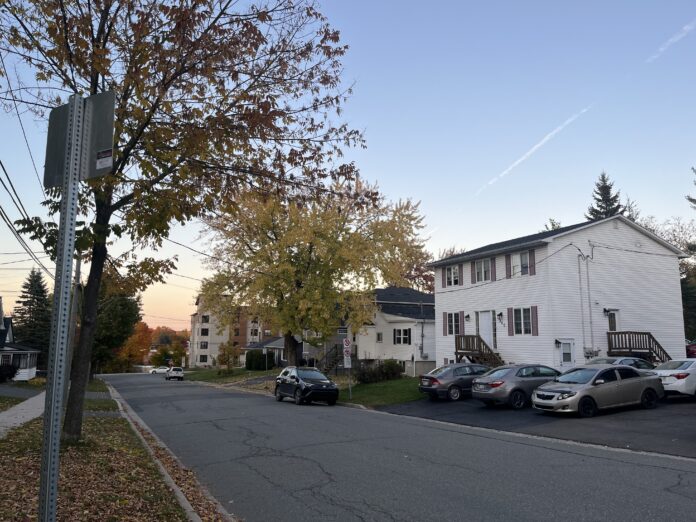Canada’s average rent for residential properties increased by 2.1 per cent year-over-year in September, the smallest annual rent growth since Oct. 2021 according to a report from Rentals.ca and Urbanation.
These monthly reports include data from the listings on Rentals.ca with help from the real estate research data firm Urbanation to help refine the figures in their findings.
Giacomo Ladas is the associate director of communications at Rentals.ca and he said that the three main factors for this disinflation of the rental market are the permanent completion of new apartments, a slowdown in population growth and a labour softening across the nation.
He also points to the changes in renter demands as a reason for the low annual rent growth.
“Right now we’re in a nationwide affordability crisis, inflation has affected many people over the last few years and there has been a lot of wage stagnation,” said Ladas. “Rental preferences have really changed fast.”
According to the report, rent costs remain 13.4 per cent higher than two years ago and a staggering 25.2 per cent higher than three years ago.
This is despite the annual rent growth slowing down for five straight months. However, Ladas notes that rent costs in Atlantic Canada have been steadily increasing, as they are up 13 percent from this time last year.
“It’s really just a supply and demand issue,” said Ladas. “Tenants have a reduced tendency to move because normally what people do is transition from rental apartments to homeownership and that’s not really taking place anymore.”
A solution to increasing rent, proposed by some politicians in New Brunswick during the current election campaign, is the introduction of a rent cap.
Ladas said that a rent cap would only be a temporary solution to a much larger issue contributing to rent growth.
“[The rent cap] is a really great thing in the short term, but I have yet to see anything that relates to how that will help us get out of the housing crisis when the rental supply market has been undersupplied for literal decades,” he said. “[Rent increases] isn’t how we got into this housing crisis and it’s not how we’re getting out.”
According to Ladas, the main solution to this would be to produce purpose-built rentals at a “mass scale.”
The Canada Mortgage and Housing Corporation has estimated that Canada will need to build 3 million homes by 2030 to restore affordability, which would require construction to be three times as fast as the nation’s historical building rate according to Ladas.
When it comes to students, Ladas notes that shared accommodations have become more popular across the country due to the notion that someone affording a one-bedroom apartment is “kind of tough.”
“It’s not enough just to build all these luxury columns that people can’t afford. We need to be building enough properties so that 18-year-old students who are starting university can afford rent,” said Ladas.

